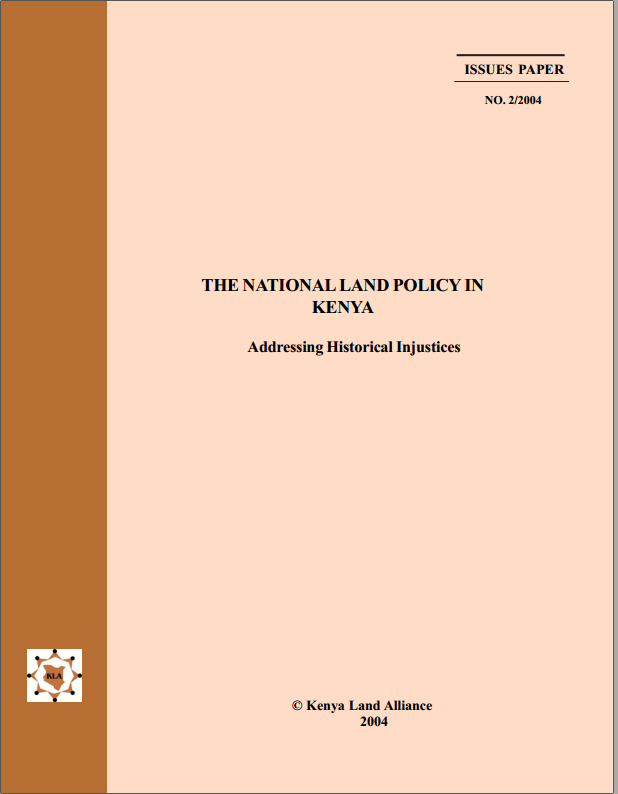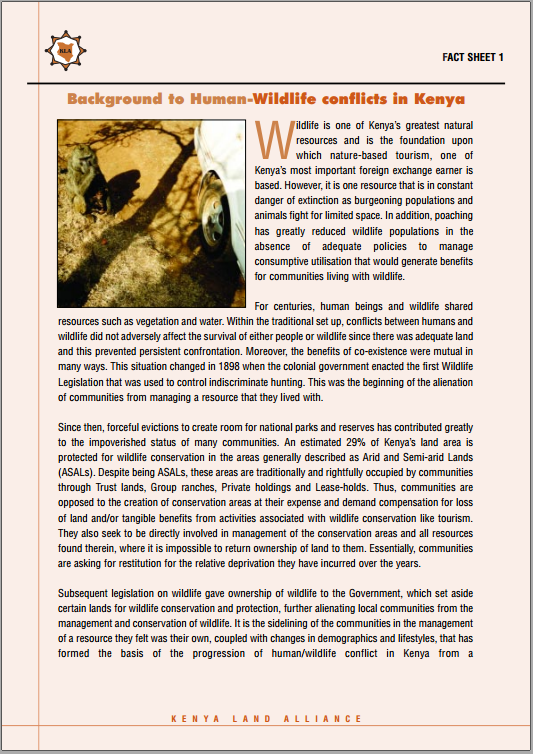Local communities and natural products: a manual for organising natural resource management groups for resource management planning, enterprise development and integration into value chains
Community-based natural resource management (CBNRM) is key to ensuring that local communities' livelihoods needs are met through the sustainable management of natural resources. Policies promoting CBNRM mean that government agencies, non-governmental organisations and other service providers are increasingly becoming involved in supporting these communities to form natural resource management (NRM) groups to make progress in areas of resource governance and realise its economic benefits through natural resource based enterprise.











